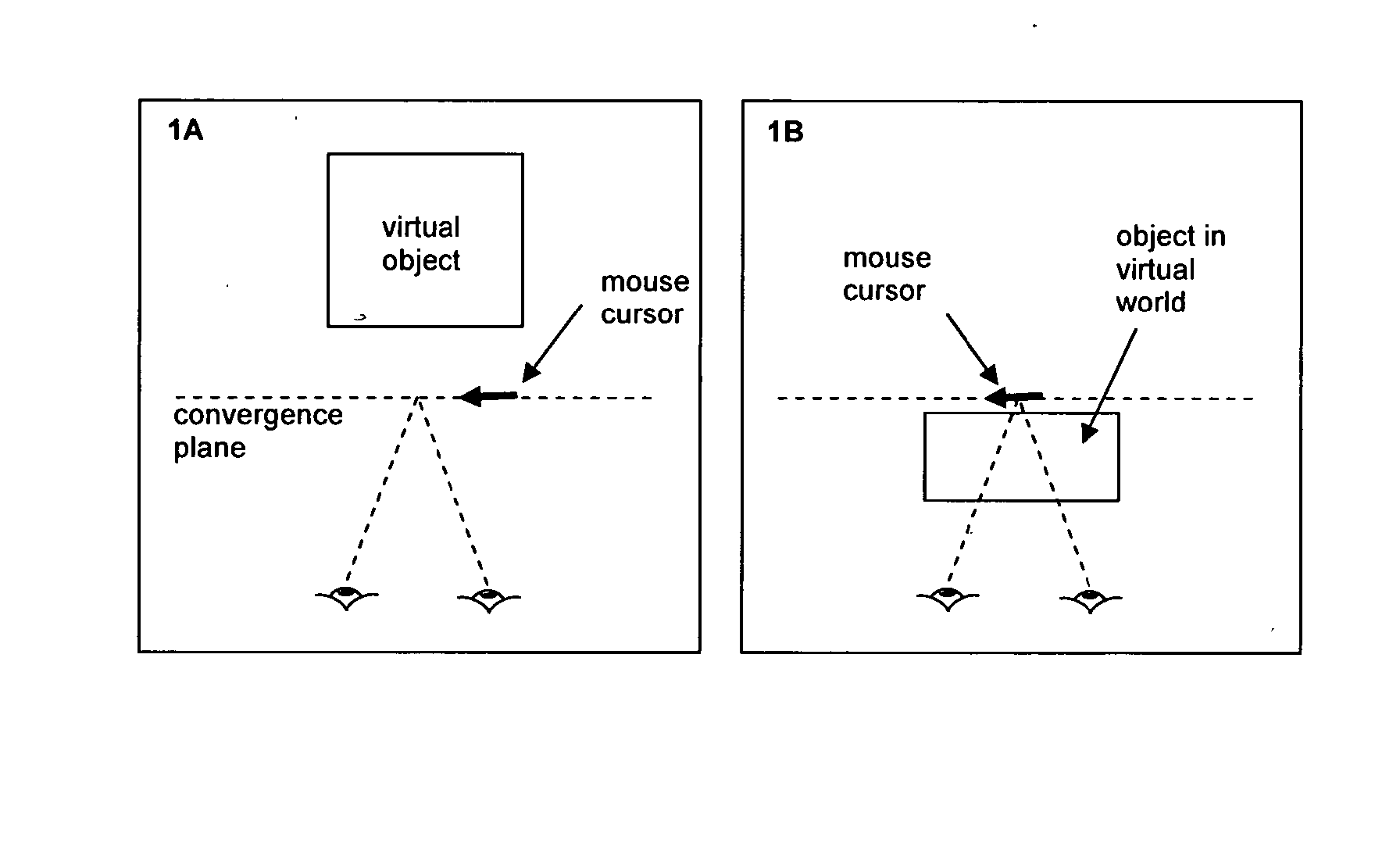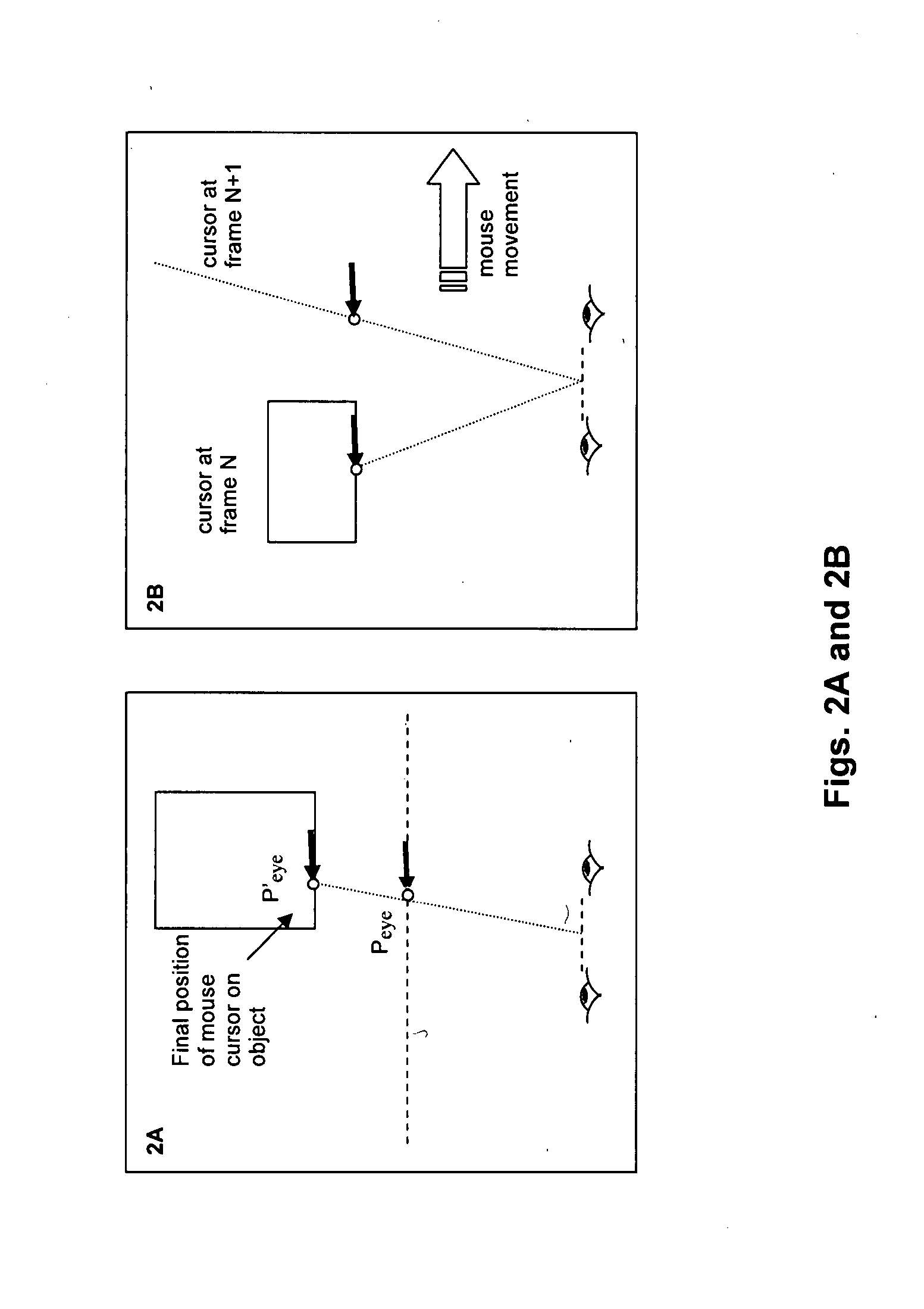Methods and systems for interacting with a 3D visualization system using a 2D interface ("DextroLap")
a 3d visualization and interface technology, applied in the field of interactive visualization of threedimensional data sets, can solve problems such as problems such as inconvenient way of specifying a z-value, mouse use presents additional problems for 3d visualization systems, and achieve the effect of preserving 3d interactivity and visualization
- Summary
- Abstract
- Description
- Claims
- Application Information
AI Technical Summary
Benefits of technology
Problems solved by technology
Method used
Image
Examples
Embodiment Construction
[0032] In exemplary embodiments of the present invention a 3D visualization system can be implemented on a standard laptop or desktop PC, or other standard 2D computing environment, which uses a mouse and keyboard as interfaces. Such a mapping allows 3D visualization system functionality to be made available on a conventional PC. Such a mapping can, for example, include depth appropriate positioning of cursors and icons as well as assigning various 3D interactive control functions to a mouse and keyboard. In exemplary embodiments of the present invention, a cursor controlled by a mouse, trackball, or other 2D device can be automatically drawn so as to have a contextually appropriate depth in a virtual 3D world, such as would be presented, for example, by a fully functional 3D visualization system.
[0033]FIGS. 2A and 2B depict an exemplary method for setting cursor depth according to exemplary embodiments of the present invention. First, for example, a mouse's position can be acquire...
PUM
 Login to View More
Login to View More Abstract
Description
Claims
Application Information
 Login to View More
Login to View More - R&D
- Intellectual Property
- Life Sciences
- Materials
- Tech Scout
- Unparalleled Data Quality
- Higher Quality Content
- 60% Fewer Hallucinations
Browse by: Latest US Patents, China's latest patents, Technical Efficacy Thesaurus, Application Domain, Technology Topic, Popular Technical Reports.
© 2025 PatSnap. All rights reserved.Legal|Privacy policy|Modern Slavery Act Transparency Statement|Sitemap|About US| Contact US: help@patsnap.com



